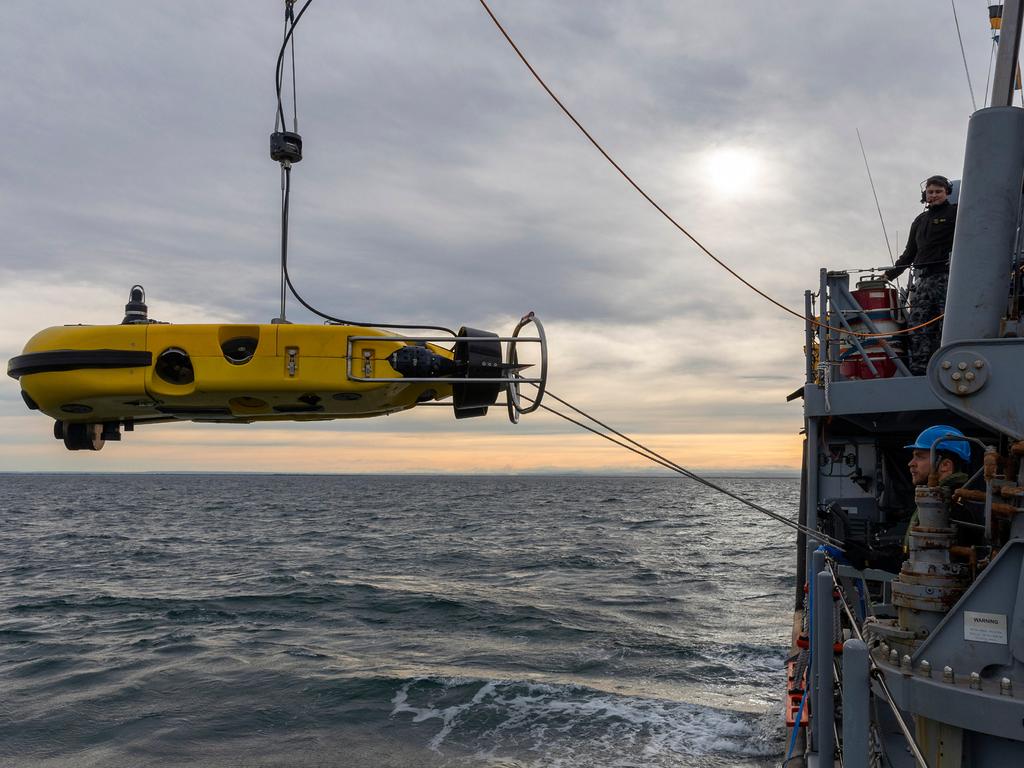
On target to fast-track development capability
A major mindset change is needed to develop new capabilities much more quickly, says Chief Defence Scientist Tanya Munro

A major mindset change is needed to develop new capabilities much more quickly, says Chief Defence Scientist Tanya Munro
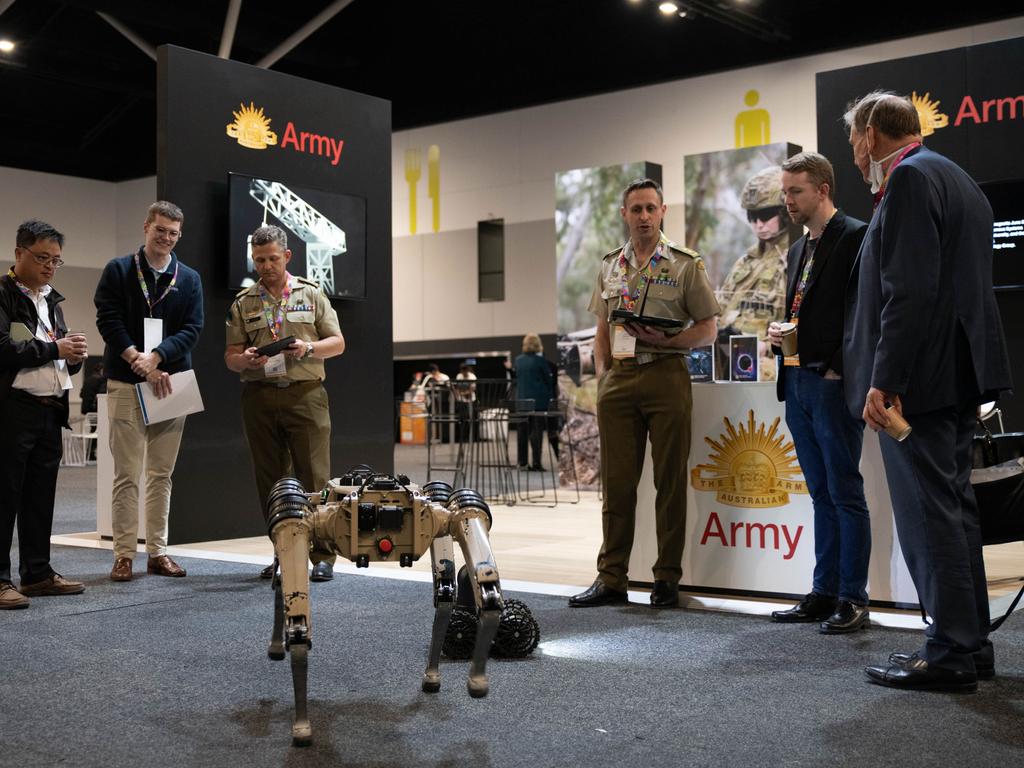
ADSTAR 2024 will feature the latest developments in next-generation defence science and technology
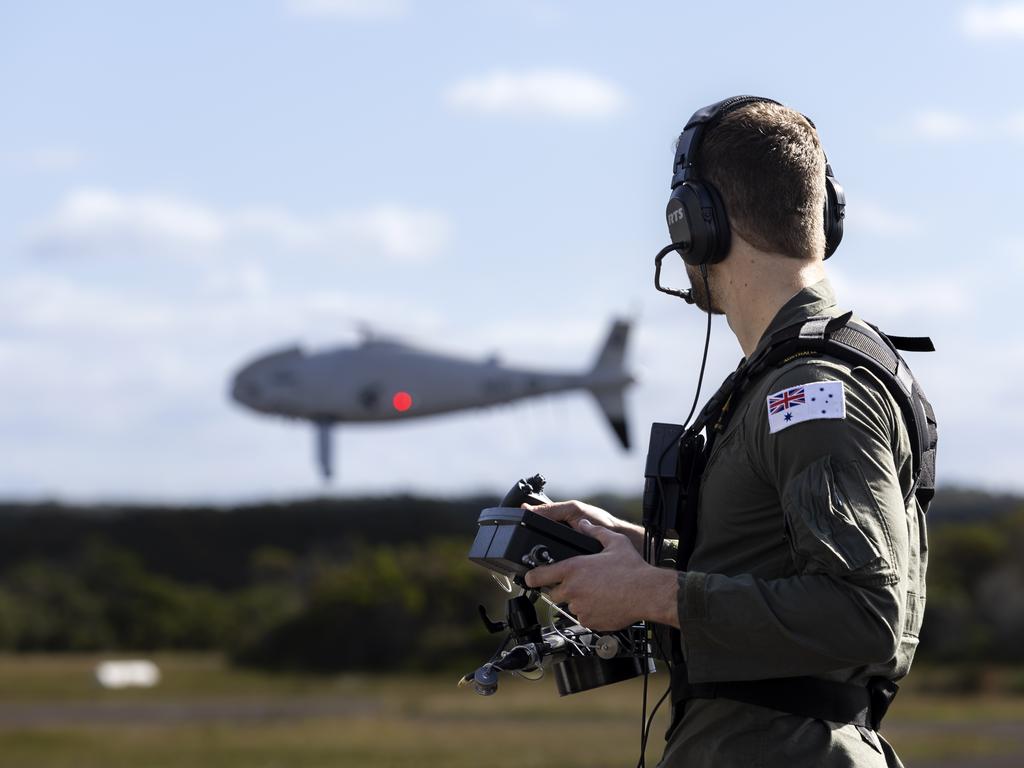
The Defence-funded Trusted Autonomous Systems Defence CRC (TAS DCRC) in Brisbane has become a global leader in the ethics of autonomy.
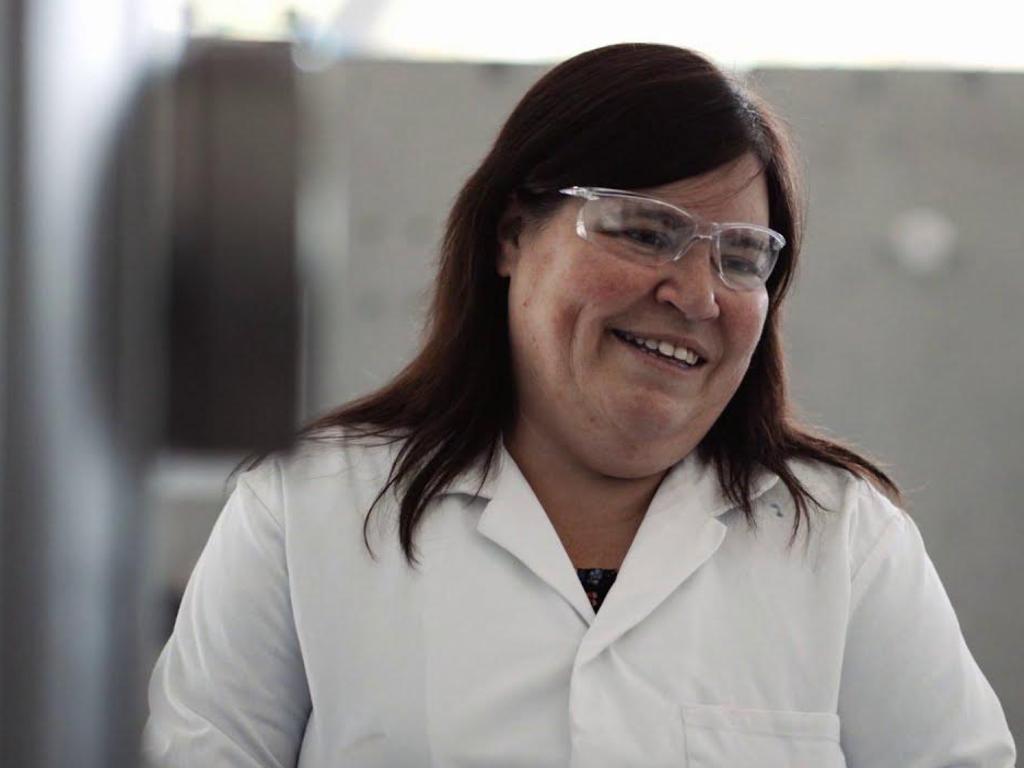
The Advanced Strategic Capability Accelerator (ASCA), has embraced courage in every aspect of how it is transforming the way breakthrough military solutions are delivered.
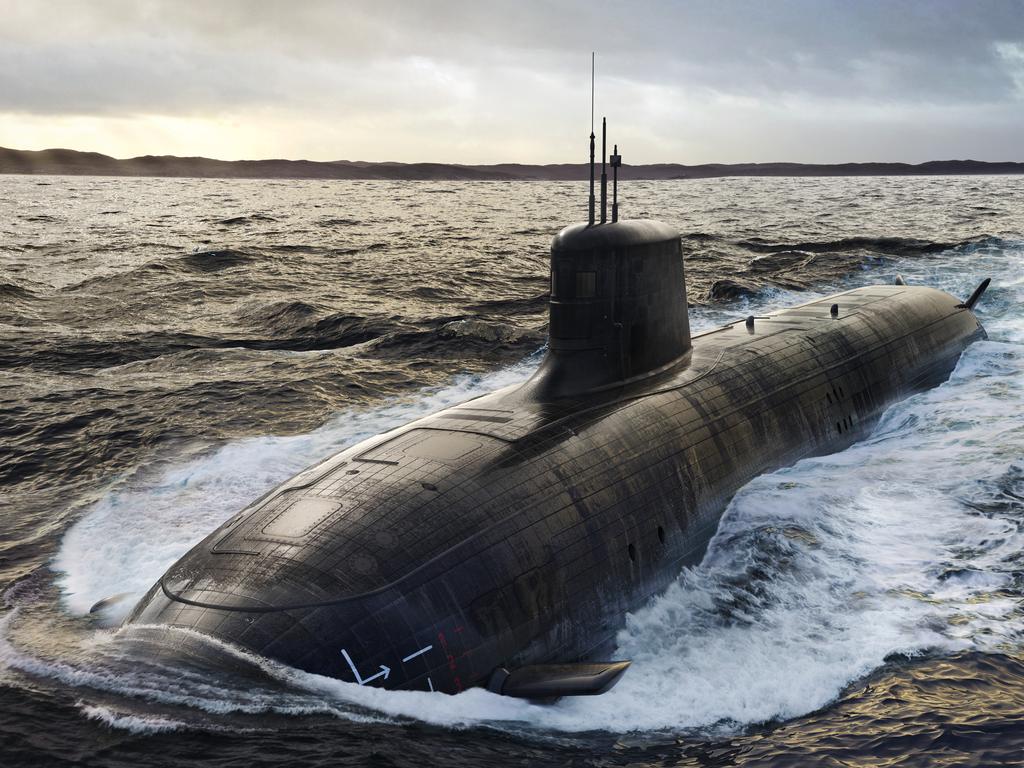
The University of New South Wales has launched its UNSW Nuclear Innovation Centre (UNIC) and will start teaching 50 nuclear-qualified undergraduate engineers this year.
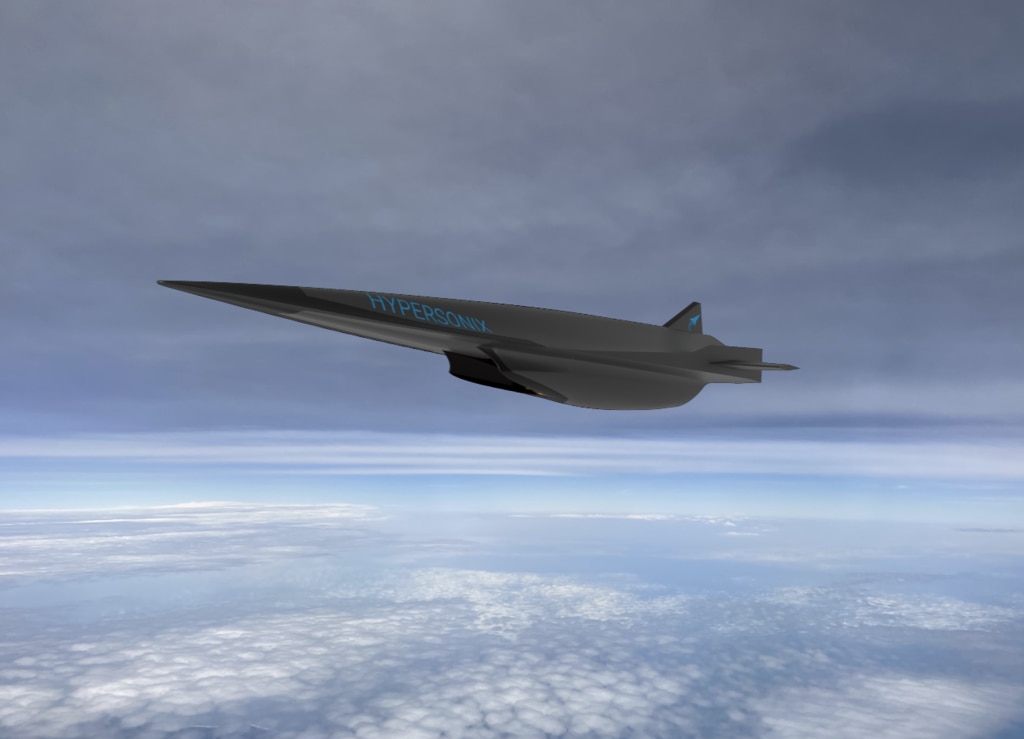
DSTG researchers recently were chosen to support the joint US-Australia SCIFiRE hypersonics program with the US Air Force Research Laboratory.
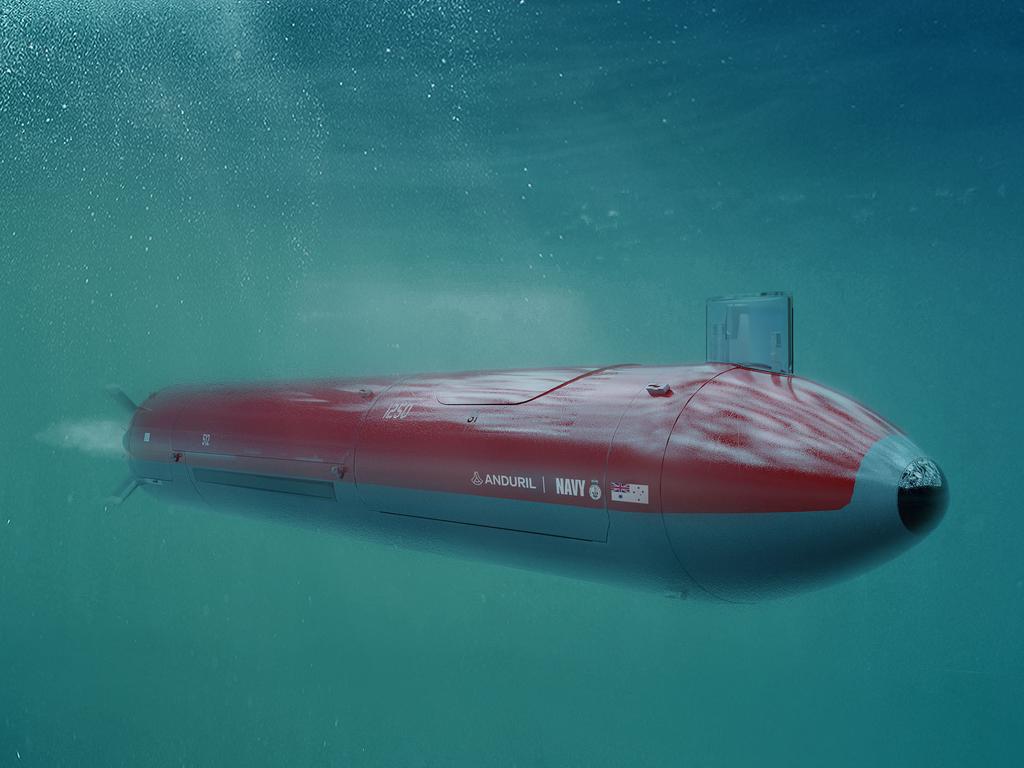
Uncrewed sub will create uncertainty in the minds of Australia’s potential adversaries and challenge traditional sea power.

It is clear that a culture of collaboration is necessary for success, and so is innovation.

RMIT has partnered with Australia’s defence sector for more than 100 years. This enduring partnership continues today through research and development with the Department of Defence and the Defence Science and Technology Group (DSTG).

The ADF is preparing the next generation of robotics specialists with a competition of university and high school students to see who can build the most capable autonomous boat.

Just why are Australian warships that particular shade of grey (“Haze Grey” if you’re interested)? And why do Australian soldiers wear that particular type of camouflage?

Australia is on the cusp of massive change in its Defence force structure and planning. Adopting the Design Thinking approach may be just what is required to navigate a new era of significant change.

Deakin University and the Australian Army are testing new autonomous ‘leader-follower vehicle technology’ on public roads.
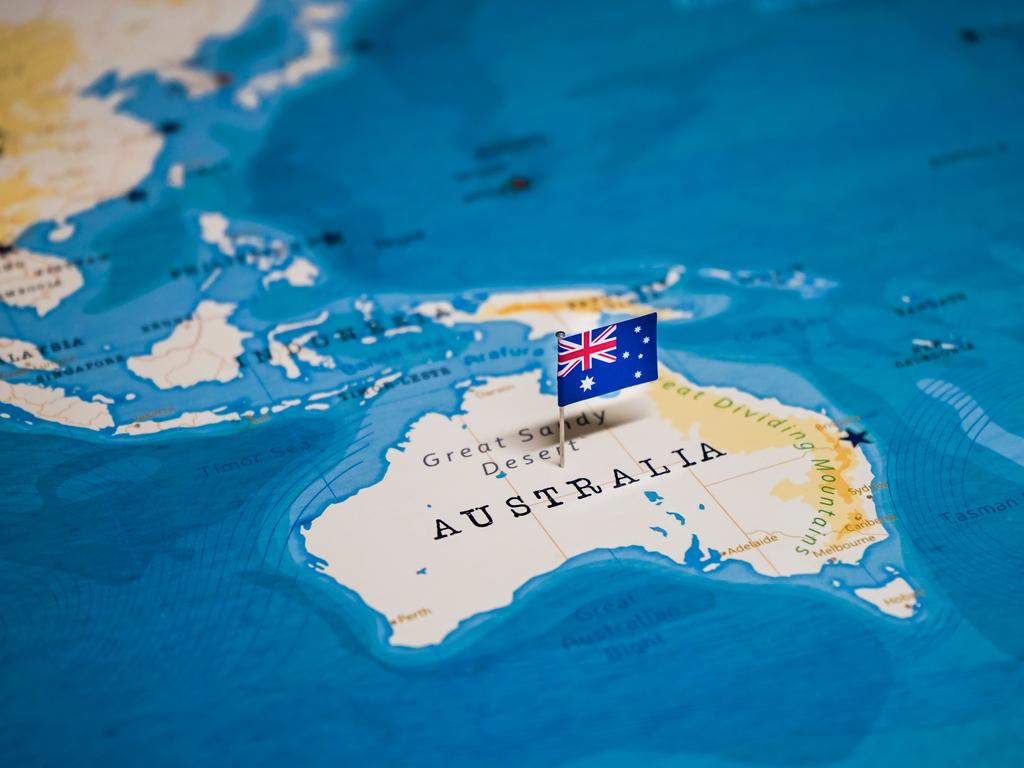
To maintain the security of our top-tier economy, we must change how Australia’s university innovation currently connects with industry.
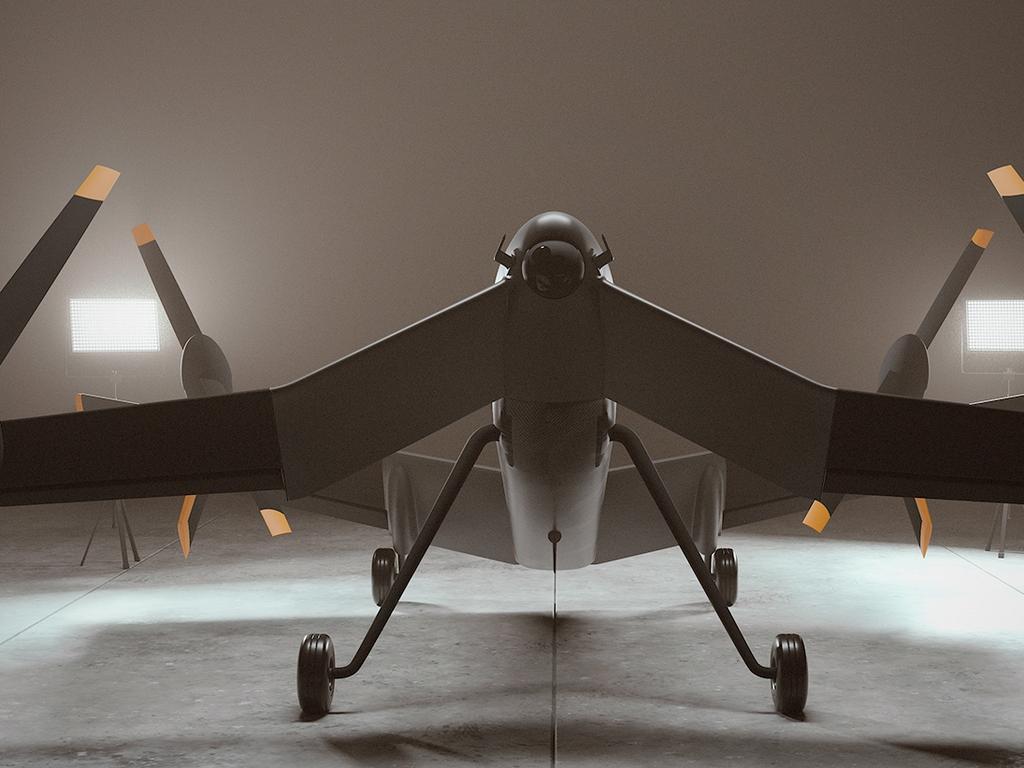
If BAE Systems’ new unmanned aerial system Strix looks unusual, it is because it was designed to meet some seemingly incongruous criteria.

Social media platforms are the new battlefields where nations and other parties manoeuvre to gain advantage and where disinformation campaigns are the potent new weapons.

It’s difficult to prevent rogue nations producing or developing chemical weapons in secret. But some sort of action and retaliation is expected for the nations that break the rules.

By the time the “optimal pathway” for nuclear-powered submarines was revealed in San Diego last month, after 18 months of intense speculation, almost every detail had already leaked. Most observers assumed one or another of the plans would turn out to be correct; none guessed it would be all them.

Australia’s Defence Science and Technology Group (DSTG) and the University of Melbourne have developed an artificial intelligence-led platform designed to gather and analyse key intelligence sourced from social media sites.
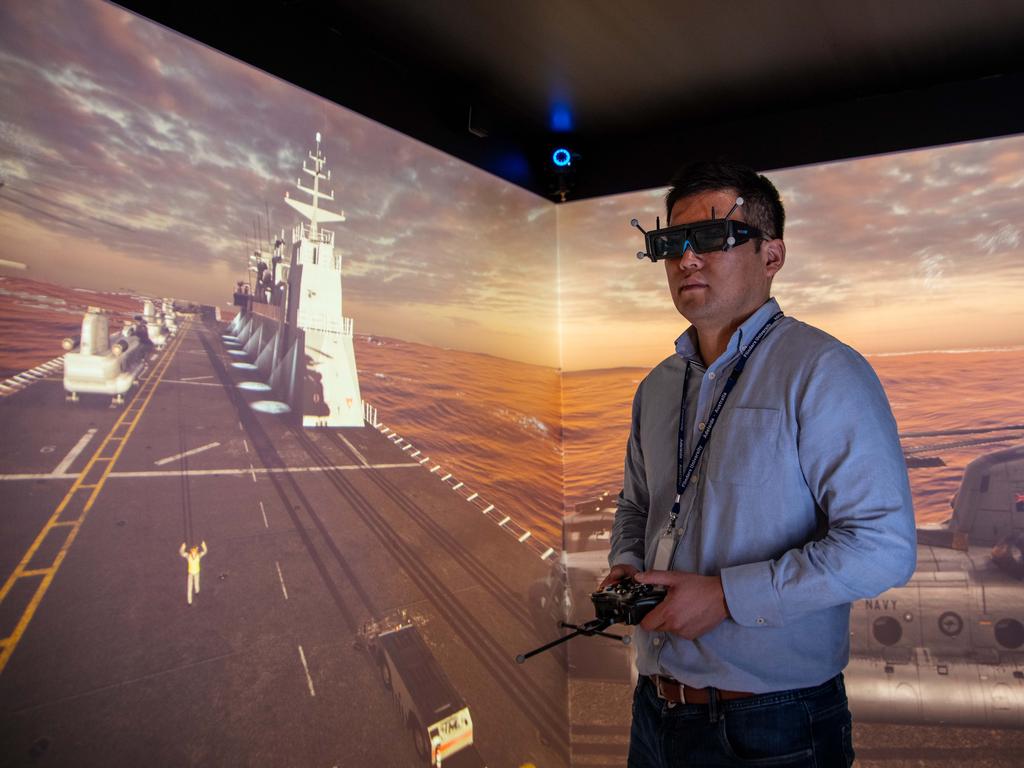
The AUKUS program is an unparalleled advanced manufacturing opportunity that will be one of Australia’s largest ever economic investments. And Flinders University is ready to deliver.
Original URL: https://www.theaustralian.com.au/special-reports/defence-research/page/2